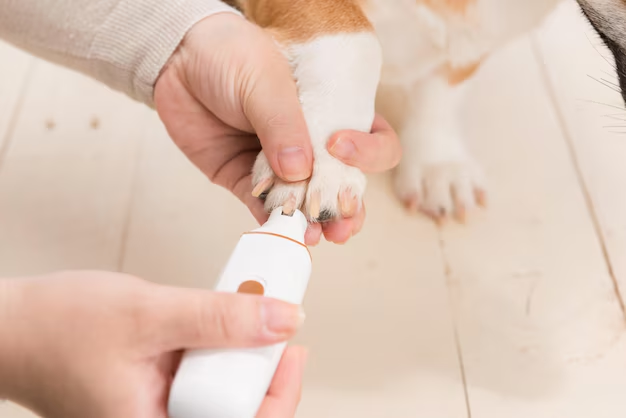Spotting the Early Signs of Diabetes in Your Dog: What to Look Out For
Is your furry friend acting a little off recently? While changes in your dog's behavior can often be attributed to various factors, it might be wise to consider underlying health conditions, such as diabetes. Recognizing the first signs of diabetes in a dog can lead to early diagnosis and management, ensuring your pet remains its healthy and happy self.
Increased Thirst and Urination
One of the most common initial signs of diabetes in dogs is increased thirst (polydipsia) and increased urination (polyuria). If your dog suddenly starts drinking water more frequently or you find yourself refilling their bowl more often, and if you're noticing more bathroom breaks than usual, these changes might be worth discussing with your veterinarian.
Unexplained Weight Loss
Despite a good appetite, some dogs with diabetes start to lose weight inexplicably. This occurs because, with diabetes, a dog's body struggles to use glucose properly, leading to muscle breakdown and fat loss even though they're still consuming their regular diet.
Excessive Hunger
Alongside weight loss, diabetic dogs may find themselves hungry more often, a condition known as polyphagia. If your dog is constantly begging for food or acting unsatisfied even after meals, it might be a signal that something isn't quite right.
Lethargy and Fatigue
Lethargy and fatigue are subtle signs that can easily be overlooked. A normally energetic pooch that suddenly prefers long naps over their favorite toy might be dealing with the effects of high blood sugar levels or glucose scarcity in the cells, which are typical of diabetes.
Sweet-Smelling Breath
A sweet, fruity odor on your dog's breath could be a sign of diabetes, especially if it is accompanied by other symptoms. This scent is often due to ketones, which are produced when the body breaks down fat for energy in the absence of glucose.
Cloudy Eyes
Another sign to watch for is cloudy eyes or cataracts, a condition common in diabetic dogs. If you notice that your dog's eyes appear cloudy or milky, it might be time for a vet check-up, especially if accompanied by other symptoms noted above.
What to Do If You Suspect Diabetes
If these symptoms sound familiar, it may be beneficial to consult a veterinarian for an evaluation. Early intervention can not only improve your pet's quality of life but also manage and, in some instances, relieve symptoms through dietary changes, insulin therapy, and regular exercise.
Taking care of a diabetic dog involves extra attention and what might seem like a daunting level of responsibility. However, as a caring pet parent, you’re not alone. There are numerous resources and support systems that can ease the financial and educational burden.
🐾 Financial Assistance for Pet Care:
- Pet Insurance Plans: Offers coverage specifically designed to handle chronic illnesses like diabetes.
- CareCredit: Provides financing options for veterinary care with flexible payment plans.
- Local Animal Welfare Organizations: Sometimes offer grants or financial aid for pet owners in need.
💳 Budget-Friendly Options:
- Prescription Discounts: Check if your pharmacy offers discounts on dog insulin prescriptions.
- Generic Medication Options: Consult your vet about generic equivalents for cost-saving.
🎓 Educational Resources:
- Veterinarian Consultations: Schedule routine check-ins to keep abreast of best practices in pet care.
- Online Pet Health Courses: Equip yourself with valuable knowledge on managing dog diabetes.
Your beloved dog’s health is priceless, and knowing how to detect and handle early signs of diabetes can make all the difference. Embrace available resources and support systems to keep your pet healthy, happy, and by your side for many years to come.
